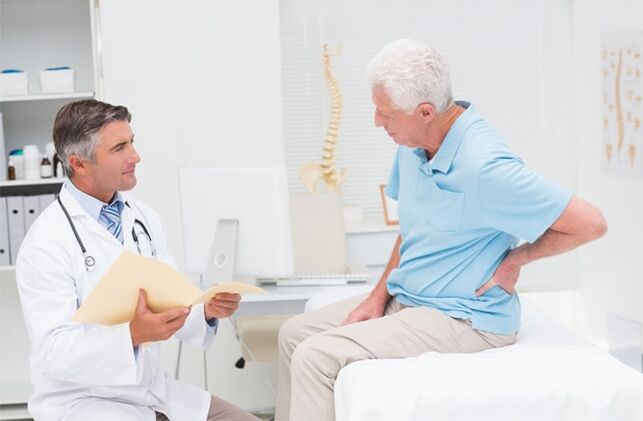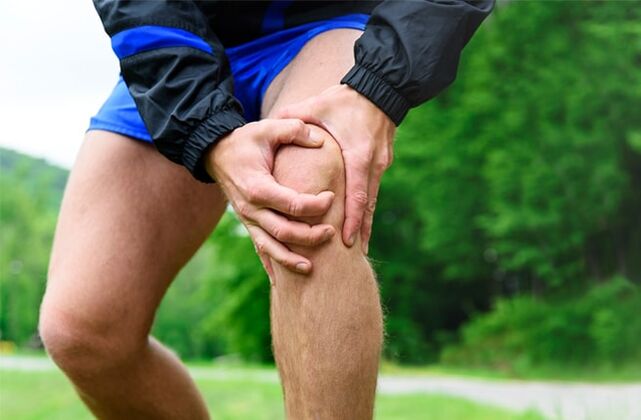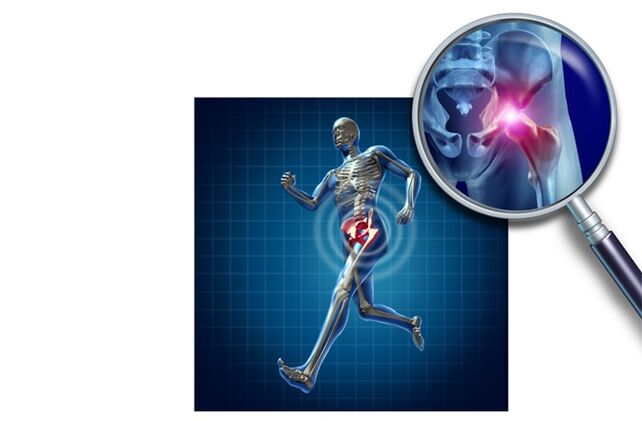Arthropathy (osteoarthritis or deformed osteoarthritis (DOA), or osteoarthritis) is a joint disease in which the articular cartilage is affected in the initial stage, and then the surrounding muscles, ligaments, nerves and bone tissuesIn the joints. Pathological process.

Joint disease is a disease that develops due to various reasons. These include metabolic disorders, trauma, poisoning, etc.
Patients often refer to any joint disease as "arthropathy, " in which pain, limited mobility, and other discomfort are observed in one or more joint areas, but this is not always the case. Due to various negative factors, osteoarthritis and related pain are the result of joint "aging". However, the cause of joint pain may be infection and injury. In these cases, we are talking about other pathologies.
Joint Statistics
At the reception of general practitioners, therapists, neurologists, surgeons, and rheumatologists, as many as 70% of patients complain of joint pain. In most cases, these are pains in the waist and large joints (knees, hips) area. In the world, up to 70% of long-term disability cases are caused by osteoarthritis. A considerable number of patients—up to 10% of patients who seek medical help due to advanced joint disease have a disability and need constant help. Arthropathy is one of the main reasons for a person to leave a mature social life prematurely; statistically, it is second only to coronary heart disease.
The possibility of joint disease increases with age: in people over 50 years of age, the incidence rate is 27%, and among elderly people over 70 years of age, the prevalence rate is 97%. Age-related cumulative load and expiration of their normal operation.

Causes and development
The main factor in the development of arthropathy is malnutrition of articular cartilage, which can lead to its destruction. The reason for this situation is not so important (overweight, occupational sports, work habits, hormonal imbalance, joint congenital defects, etc. ), the result is the same:
- The articular cartilage begins to change, resulting in loss of elasticity; microcracks appear in the thickness of the cartilage;
- The blood supply to the joints is interrupted, the production of joint fluid is reduced, and the joint mechanics changes;
- Then all the structures of the joints, adjacent muscles, and nerve endings are involved.
The degenerative diseases listed lead to the development of arthropathy symptoms, and the disease "starts" when a constant mechanical load on the joint (or joints) becomes prohibitive and begins its destruction process.
Symptoms of joint disease
Unlike other joint diseases, arthropathy will develop for many years, long-term and difficult for humans to detect. At the moment when the body has a severely painful joint problem, its pathological process has already begun.
Pain is the main symptom of arthropathy (osteoarthritis). In the initial stage, the pain is not very obvious, weak, and more similar to discomfort. Without any medical or pharmaceutical intervention, the joint discomfort after loading will disappear on its own, but they will quickly become obvious and limit the person's usual mobility.
Pain may also occur at rest or at the beginning of exercise (the so-called "start"), for example, after going to bed in the morning or sitting in one position for a long time during the day, and passing during exercise. Night rest pain is also a characteristic of arthropathy. With the beginning of physical activity, the pain will also decrease rapidly. Patients facing joint problems usually say that in order to eliminate discomfort, it is necessary to "stretch the bones" and "wake up the joints", which usually describes this situation very accurately.
Pain is not only due to interference in the work of the joint itself. When all the components of joints, muscles and nerve endings are involved in this process, the pain becomes diverse and unbearable: "shooting" along the nerves and spreading through the muscles. The blood supply of joints, nerves, and muscles is disturbed, and they will rapidly undergo degenerative changes.
Due to severe pathological changes in the joints and muscle tissues, there will be temporary or permanent limitation of joint movement (contractures). For example, hip joint arthropathy, shortened limbs, "skewed" pelvis, and curved spine.

The contraction of the joints is almost invisible at the initial stage, but as the disease progresses during exercise, it becomes constant. This symptom is psychologically more worrying than pain for patients with arthritis, because it indicates serious diseases, especially the aging of the body and the musculoskeletal system.
In the later stages of arthropathy, joint deformity occurs, which is related to the curvature of all articular surfaces, bone growth, reduction in joint fluid volume, and joint subluxation.
stage
According to the severity of symptoms, several stages of osteoarthritis can be distinguished.
In the first stage, there is no rest and pain during moderate exertion, which only appears after high load (fitness, weight bearing, running) or long periods of rest. A person will not encounter restrictions and difficulties in sports. No medication is required.
In the second stage, the pain is obvious and persistent, appears quickly under the influence of predisposing factors (long walks, physical activity), and does not go away on its own. The patient’s movement is limited, and the mobility of certain joints is severely restricted-the knee joint, hip joint, and other joints. Medical assistance is required, and a treatment plan must be prescribed, including drug and non-drug methods.
In the third stage, the patient is difficult to move, requires constant care, and the pain is hard to bear. Usually, in order to restore the quality of life, surgical treatment (endoprosthesis) and extensive physical therapy are necessary.
The symptoms of osteoarthritis appear at a young age. In this case, do not ignore them, but consult a doctor. Timely treatment will support normal joint function and help prevent rapid disease progression.


























